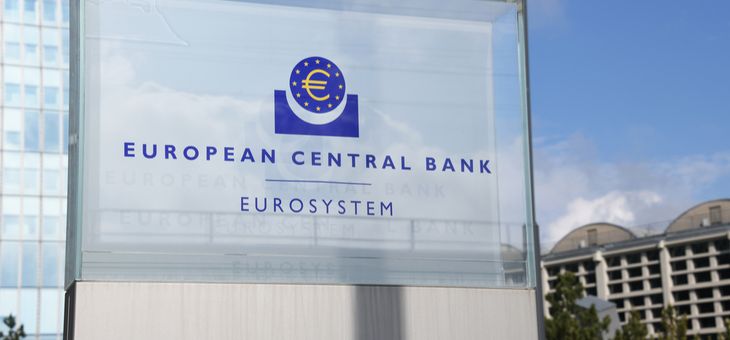ECB: It needs a legal framework for stable coins
The European Central Bank sees stable coins is a key instrument for the consumers. The instruments could help to meet the demand for payment services. In this respect, the ECB would like to achieve that the competent regulatory authorities to “work proactively” to the closure of regulatory gaps and the elimination of risks.
The European Central Bank (ECB), the globally available stable tokens will be in the future, benefit from legal clarity, and contemporary regulations. A current report is devoted to the production and use of stable coins, and comes to the realization that this kind of digital assets a number of advantages for the consumer offer. People now have access to digital payment services, which are characterized by cheap, fast, and user-friendly functions.
The new technologies of the payment services sees the ECB clearly improved, but consumers continue to suffer from expensive and slow Offered by traditional financial service providers. In fact, consumers want to get access to better services and place value on the prospect of unlimited transaction freedom.
In the ECB report says: “stable coins are fulfilling the unfulfilled desires after payment services.”
The hook on the report: It needs a lot more clarity in the global regulation of stable coins with a view to legal and technical gaps that are contrary to applicable consumer protection.
Originally Stablecoins for use within the Ecosystems of the crypto world were provided. Through continuous further development but they are now available for many different use cases. For example, as a full-fledged method of payment, reserve assets, or in the case of cross-border credit Transfers. From the investors ‘ point of view, they are crypto-assets, due to their lower volatility as interesting. Stable coins are an attractive basis for the Transfer of assets to the consequences of a significant price volatility limit.
As the Issuer of Stablecoins different companies, however, are protected in different ways (Fund, Gold, Dollar, etc.). This results in different requirements in the regulation and the jurisdiction of different authorities may arise.
Theoretically and structurally, it can be that for Stablecoins various regulatory, legal framework of the EU legislator, the ECB. The Management functions of the tokens could be assessed, for example, as a digital money or as an investment Fund. The Fund classification is out of the question, if “the proceeds will be invested in financial assets, whose risk is not equal to Zero.”
Both the Design and the type of usage of assets could also mean that individual stablecoins are subject to all of the regulatory and case law of the EU.
From these above-mentioned aspects of regulatory gaps can arise, such as the report of the ECB emphasized. The result, in turn, can be potential risks for the user and the holder of Stablecoins. Therefore, the ECB is aiming for an equally unique, such as solid legal framework that is prepared for all possible contingencies and scenarios.
The ECB report therefore proposes:
“To be able to the benefits of global usable stablecoins benefit, you must develop a solid legal framework that is prepared for the potential risks. This rules it needs, before risks can occur.“
The ECB also warns against the creation of conditions for stable coins in a “regulatory vacuum” that could arise.
Due to regulatory delays for the control of Facebook pushed, for example, his plans for the own Stablecoin Libra. Nevertheless, the currency could become a real global Token, which could be more than two billion users.
According to an ECB spokesman for any Stablecoin is characterised approval in theory of risks, including Facebook Libra belongs to. For example, if Coins is not subsequently prove stable in value. Users would, however, likely to watch your own Deposit against the value of each to be identical with the Stablecoin-value. At the same time, consumers could assume to be able to your Coins in Fiat money to convert.










